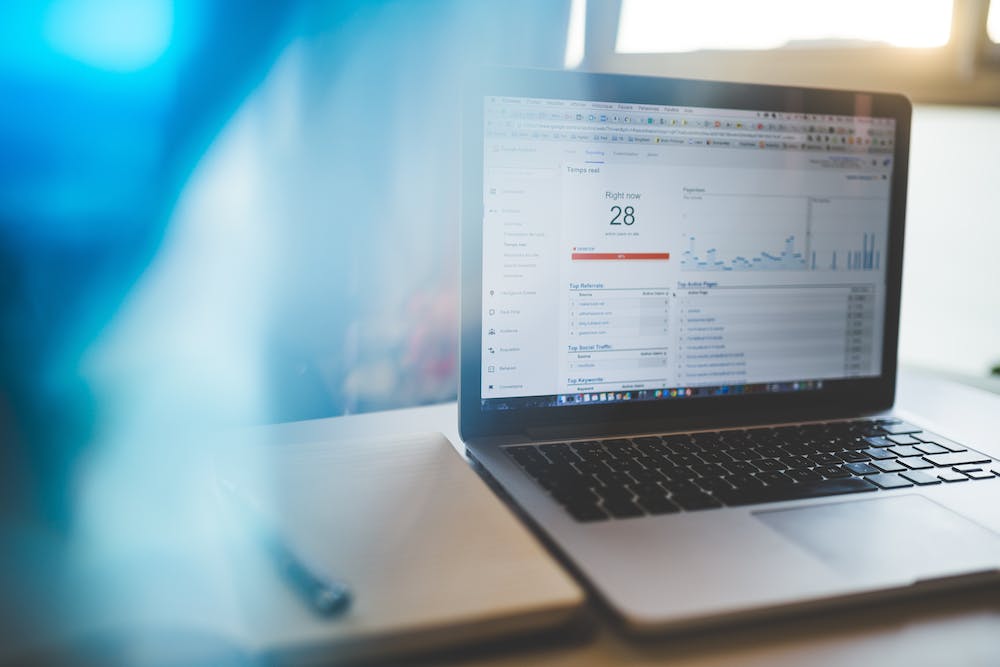
The Power of Internal backlinks: Boosting Your Website‘s SEO
Internal backlinks are an essential component of any successful SEO strategy. They not only improve the user experience on your Website but also play a significant role in boosting your Website‘s ranking on search engine result pages (SERPs). In this article, we will explore the importance and benefits of internal backlinks and provide you with tips on how to create an effective internal linking structure to enhance your Website‘s SEO.
Understanding Internal backlinks
Internal backlinks are hyperlinks that connect one page of your Website to another page on the same domain. Unlike external backlinks that come from other websites, internal backlinks are entirely within your control. They allow search engine crawlers to navigate and index your site effectively, leading to improved visibility and rankings for relevant keywords.
The SEO Benefits of Internal backlinks
1. Enhanced Crawling and Indexing: Internal backlinks help search engine crawlers discover and navigate through your Website‘s pages. By providing clear pathways, these links ensure that all your web pages are properly indexed, increasing the chances of higher rankings.
2. Improved Website Hierarchy: Internal links assist in establishing a logical site structure. By categorizing and organizing your content into different sections and linking them together, you create a well-structured Website that is both user-friendly and search engine-friendly.
3. Keyword Optimization: Anchor text, the clickable text in a hyperlink, is crucial for SEO. Internal backlinks allow you to use relevant keywords as anchor text, signaling to search engines the topic or context of the linked page. This helps search engines understand the relevance and authority of your content for specific keywords.
4. Page Authority and Ranking Distribution: Internal backlinks distribute page authority and ranking power across your Website. By linking to important pages from less important ones, you pass on the value and authority, ultimately increasing the ranking potential of those pages.
Creating an Effective Internal Linking Structure
Now that we understand the significance of internal backlinks, here are some tips to help you create an effective internal linking structure:
1. Conduct a Site Audit: Start by analyzing your Website‘s current internal linking structure. Identify any broken links, orphaned pages, or pages with inadequate internal links. This will help you identify opportunities for improvement.
2. Use Descriptive Anchor Text: When creating internal backlinks, use descriptive anchor text that accurately reflects the content of the linked page. Avoid using generic phrases like “click here” or “learn more.” Instead, use relevant keywords to provide context to search engines and users.
3. Prioritize Relevancy: Ensure that your internal links point to relevant pages or content. By linking related pages, you improve the user experience and help search engines make logical connections between topics on your Website.
4. Utilize Category Pages: Category pages act as hubs that connect several related pages. Include links to category pages wherever possible to provide a clear hierarchy and logical organization of your content.
5. Avoid Keyword Stuffing: While IT‘s important to include relevant keywords in anchor text, avoid over-optimization and keyword stuffing. Excessive use of exact match anchor text may appear unnatural to both users and search engines.
Conclusion
Internal backlinks are a powerful SEO tool that can significantly impact your Website‘s ranking and visibility. By enhancing crawling and indexing, improving Website hierarchy, optimizing keywords, and distributing page authority, internal backlinks play a crucial role in building a successful online presence.
By following the tips and best practices outlined in this article, you can create an effective internal linking structure that helps search engines understand your Website‘s content and deliver more targeted organic traffic. Utilize the power of internal backlinks, and witness the positive impact on your Website‘s SEO.
FAQs
1. What is the difference between internal and external backlinks?
Internal backlinks connect one page of your Website to another page on the same domain, while external backlinks come from other websites and direct traffic to your site. Internal backlinks are entirely within your control, allowing you to optimize the structure and flow of your Website.
2. How do internal backlinks improve SEO?
Internal backlinks enhance crawling and indexing, improve Website hierarchy, optimize keywords, and distribute page authority. These factors lead to better visibility, higher rankings, and increased organic traffic to your Website.
3. How many internal links should I have on a page?
There is no specific rule regarding the number of internal links on a page. The optimal number depends on the length and content of your webpage. Focus on providing relevant and contextual internal links that enhance the user experience and help search engines understand the structure and context of your Website.
4. Can I use external links for the same purpose?
While external links play a vital role in SEO, they are not a substitute for internal backlinks. Internal backlinks are under your control and allow you to strengthen the structure and organization of your Website. However, both internal and external links should be used strategically to improve SEO.
Disclaimer: backlink works is a brand name used in this article for illustrative purposes only and does not promote any specific brand or company.





